From Sycamore Gap saplings to 'trees of hope'
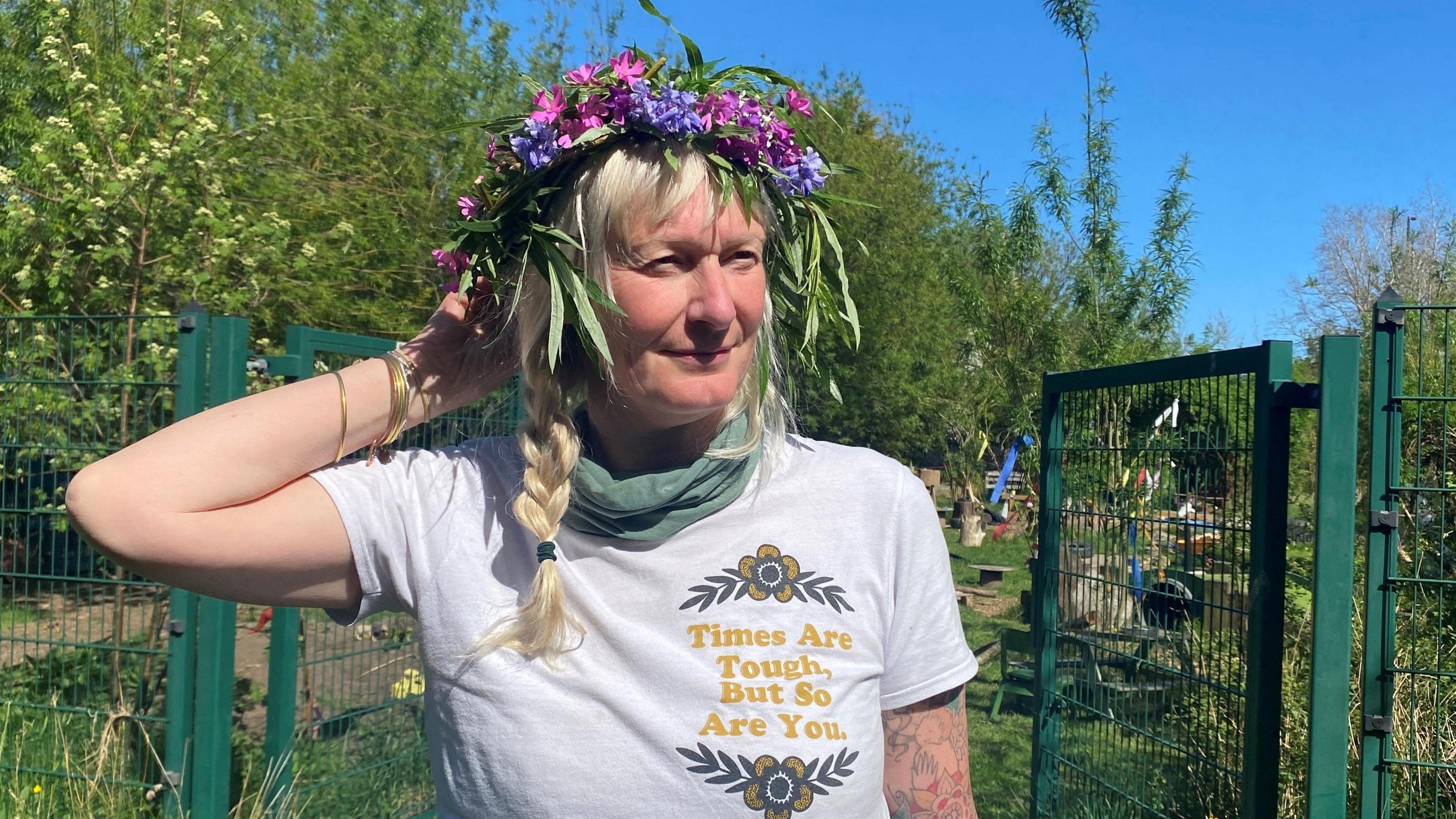
Cath Darling runs a bereavement support service which is receiving a sapling grown from the Sycamore Gap tree
- Published
Two men have been jailed for felling the Sycamore Gap tree. By the time they are released, 49 saplings grown from seeds taken from the tree they sought to destroy will have been planted around the country.
Given the sense of grief felt by many when the landmark tree was felled, Cath Darling's work fits neatly with the National Trust's aim that each of those saplings should carry a "message of hope".
She holds outdoor sessions in parks and gardens, using nature to help bereaved children and adults.
"One of the women I had helped told me about the Trees of Hope project, external and said I should apply," she says.
"I did, and I was just so happy to be told we were getting one."
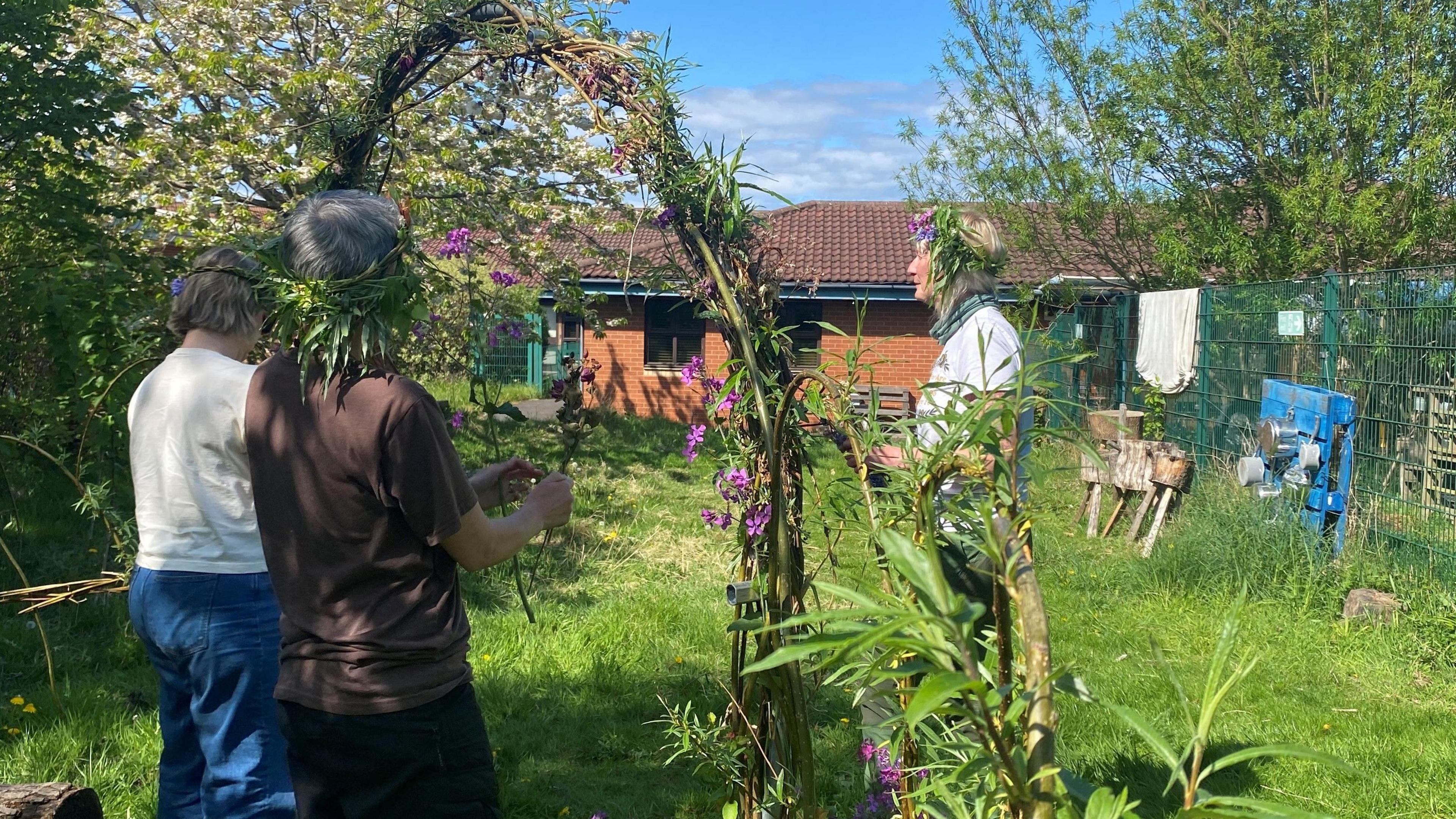
Cath Darling runs outdoor sessions to help people who are bereaved
Cath runs Elemental Occupational Therapy which was chosen from hundreds of applications to receive one of the 49 saplings, each one representing a foot of the tree's original height.
To decide where it should be planted, she has set up a working group made up of people who have attended her sessions.
"It has to be in North Tyneside where I run my sessions, and we have been discussing with the council about it being in the Rising Sun Country Park," she says.
"But I feel very strongly this sapling doesn't belong to me, it belongs to everyone I've supported and they'll make that final decision."
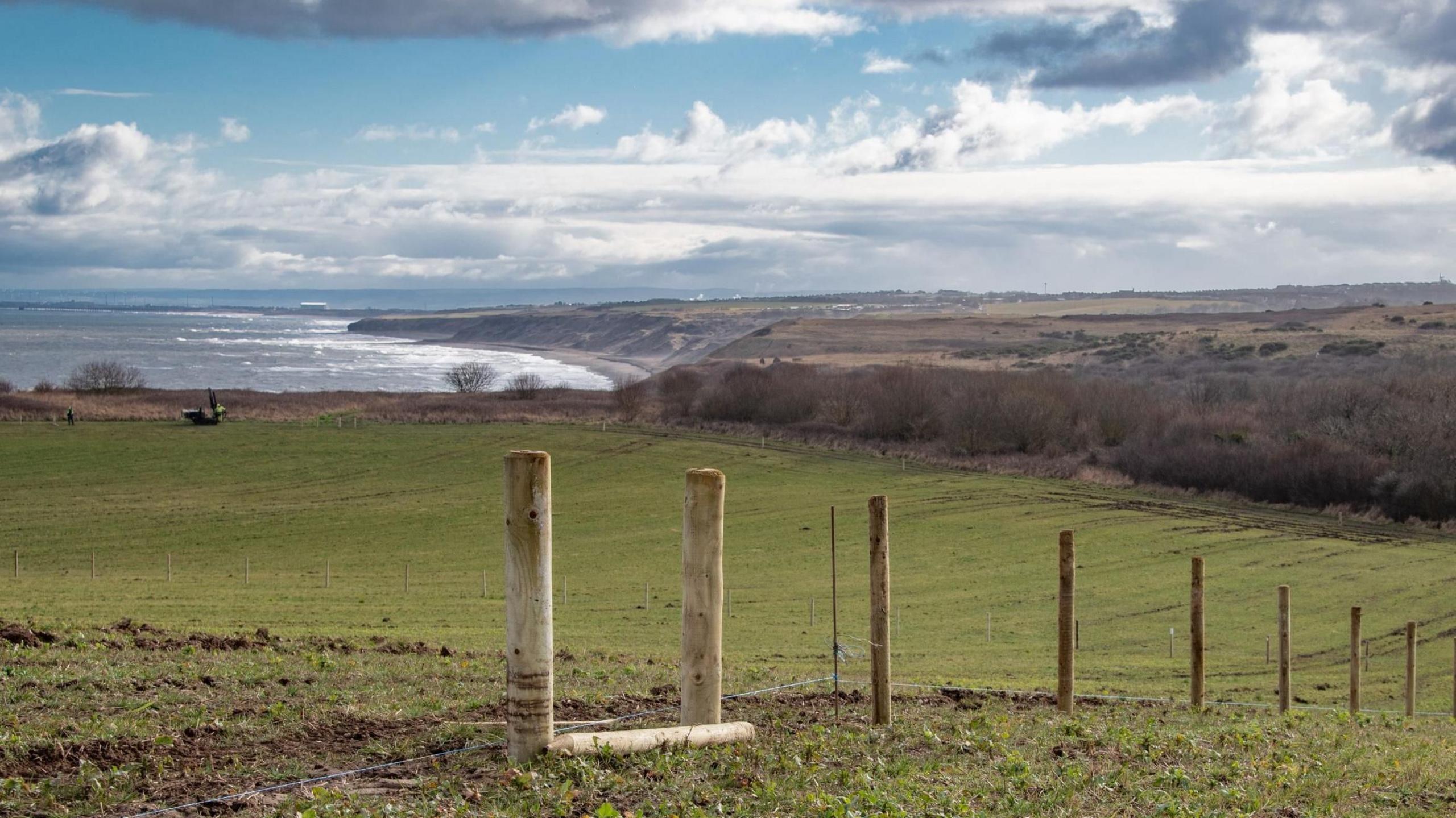
Tina's Haven nature site was bought by the National Trust in 2023
Just a few miles south, another project is also planning for the arrival of its sapling.
A new nature reserve, Tina's Haven, on the east Durham coast has been named after Tina Robson of Sunderland, who died of a drug overdose in 2020 aged 35.
It is hoped it will be a place used by organisations in County Durham and Teesside which help people recovering from addiction and trauma.
More than 20,000 trees have already been planted at the National Trust-owned site.
Felled: The Sycamore Gap Story
Hairy Biker Si King documents the global outrage that followed the Sycamore Gap felling
Tina's mum Dr Sue Robson describes the reserve as something "powerful and hopeful" and says the tree will definitely be on the "Horden side", but the exact place is yet to be "fully decided".
"We're talking to the National Trust about that, and we'll need some signage too so that people know this isn't just any tree.
"Out of Tina's past that was rooted in pain, something new and beautiful will rise."
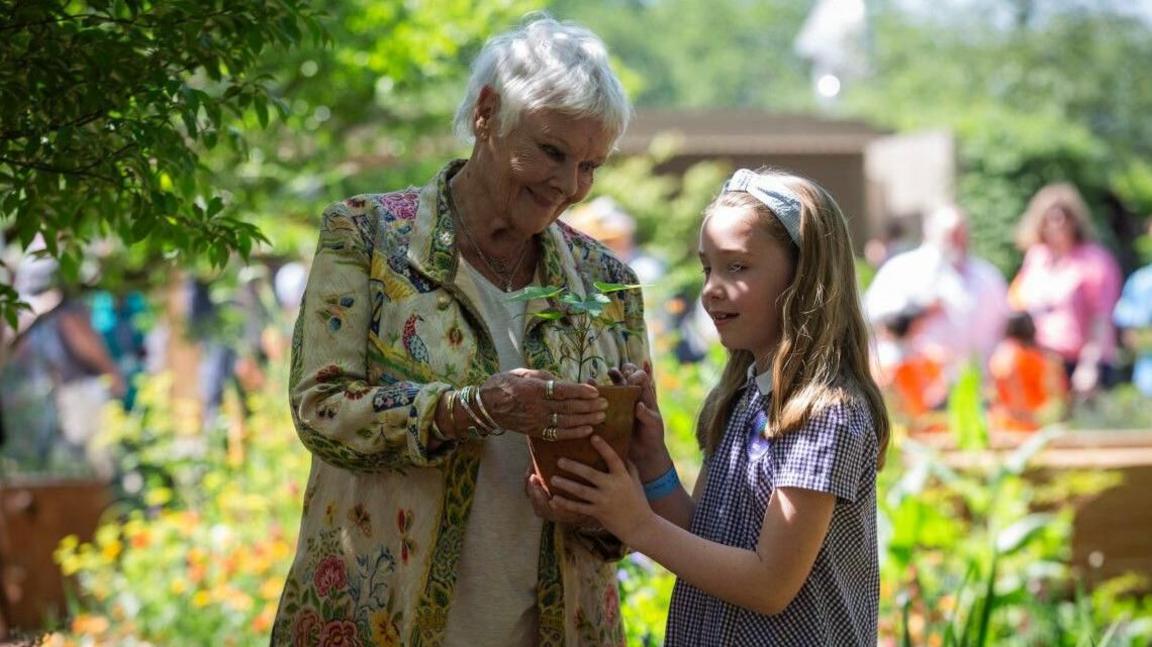
Charlotte, from Henshaw C of E Primary School, travelled to the Chelsea Flower Show to plant another seedling grown from the Sycamore Gap tree
The sapling which will grow closest to the Sycamore Gap will be planted at Henshaw Church of England Primary, a small rural school near Bardon Mill which has the tree as its symbol, emblazoned on the uniform of every child.
Executive head teacher Mike Glenton says many of the children live on farms near it and the illegal felling was "keenly felt".
"They know it mattered, they understand the grief the community here felt at its loss."

The school has created a space under a tree in one of the classrooms where children are encouraged to read
When the school heard it was to get one of the 49, saplings all the children were consulted about where it should be planted and the choice was "pretty unanimous".
"We have a forest area and the children thought that would be ideal.
"When it first goes in we'll put some protection round it, but once it grows the children will be able to hug it as much as they want."
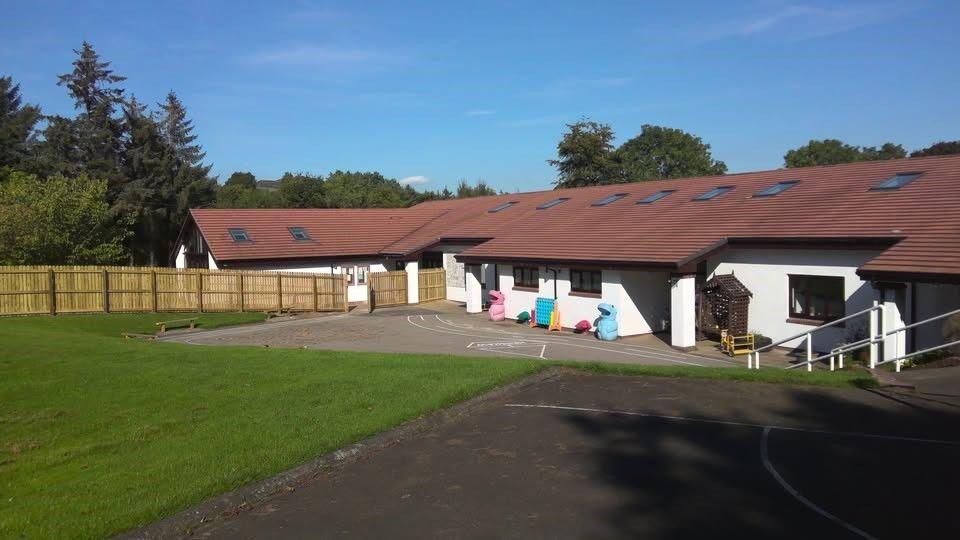
Many of the children at Henshaw C of E Primary School live on farms near Sycamore Gap
That the saplings exist at all is the result of an operation which began within hours of the tree being felled.
Scions - young twigs with buds and the vital raw material for grafting genetic copies of the tree - were collected and posted to the National Trust Plant Conservation Centre.
The five bags of twigs and seeds arrived at the centre's secret location in Devon the next day.
The Sycamore Gap - From Roots to Ruin
An ancient tree, symbolising a community, is chopped down overnight. Who did it and why?
The man tasked with turning them into trees was Chris Trimmer who used a process called grafting to create an exact genetic copy of the original plant.
"It wasn't the right time of the year to do it but thankfully it worked," he says.
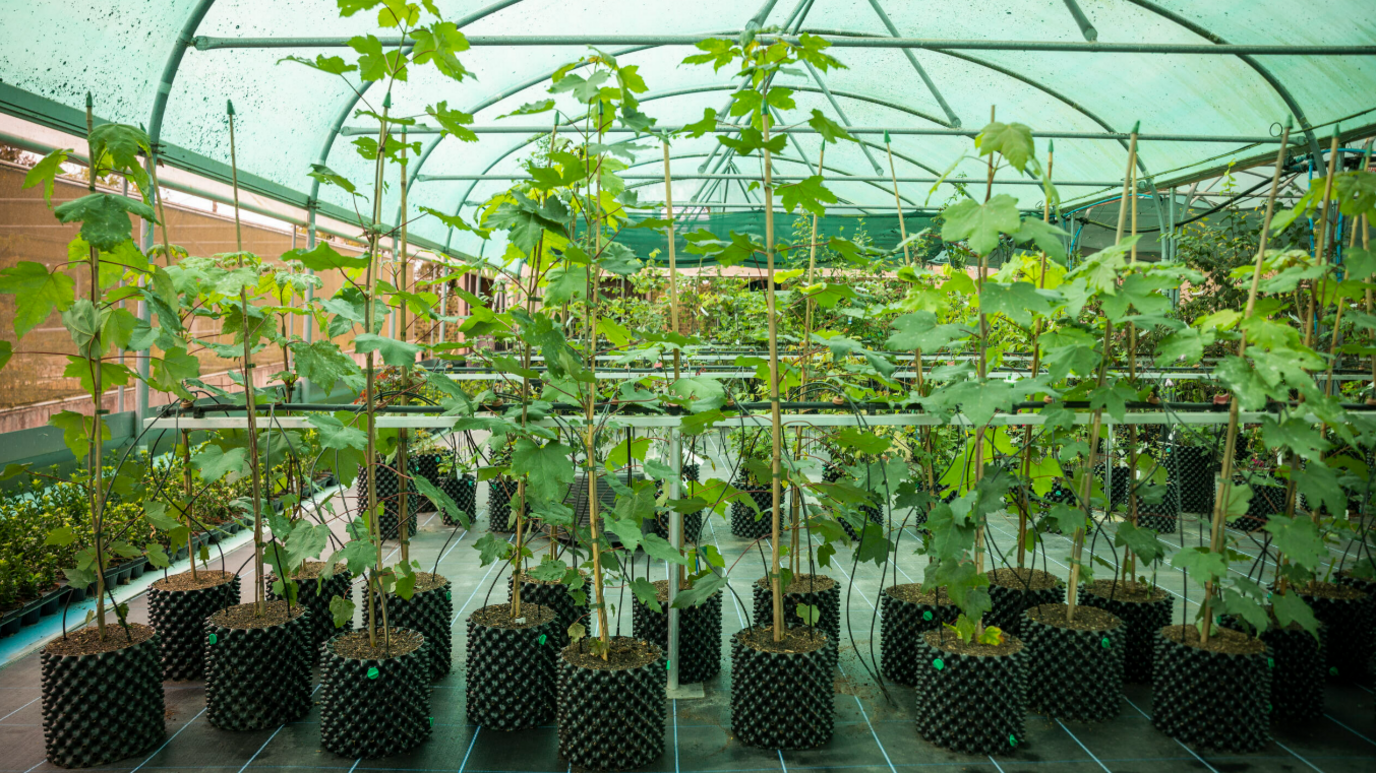
The saplings are growing at the National Plant Conservation Centre
Chris says the 49 trees "and a few spares" are now "between four and six-foot high" and "looking really good."
"The plan is to get them out this autumn, but we're in a heatwave at the moment and we're not sending the trees out until I'm sure they'll be okay," he says.
"We're used to dealing with really special plants here but this has been really interesting for me personally.
"My first date with my wife was to go and see Robin Hood, Prince of Thieves, which includes a scene at Sycamore Gap, so I had a particularly special reason to make sure this tree survived."
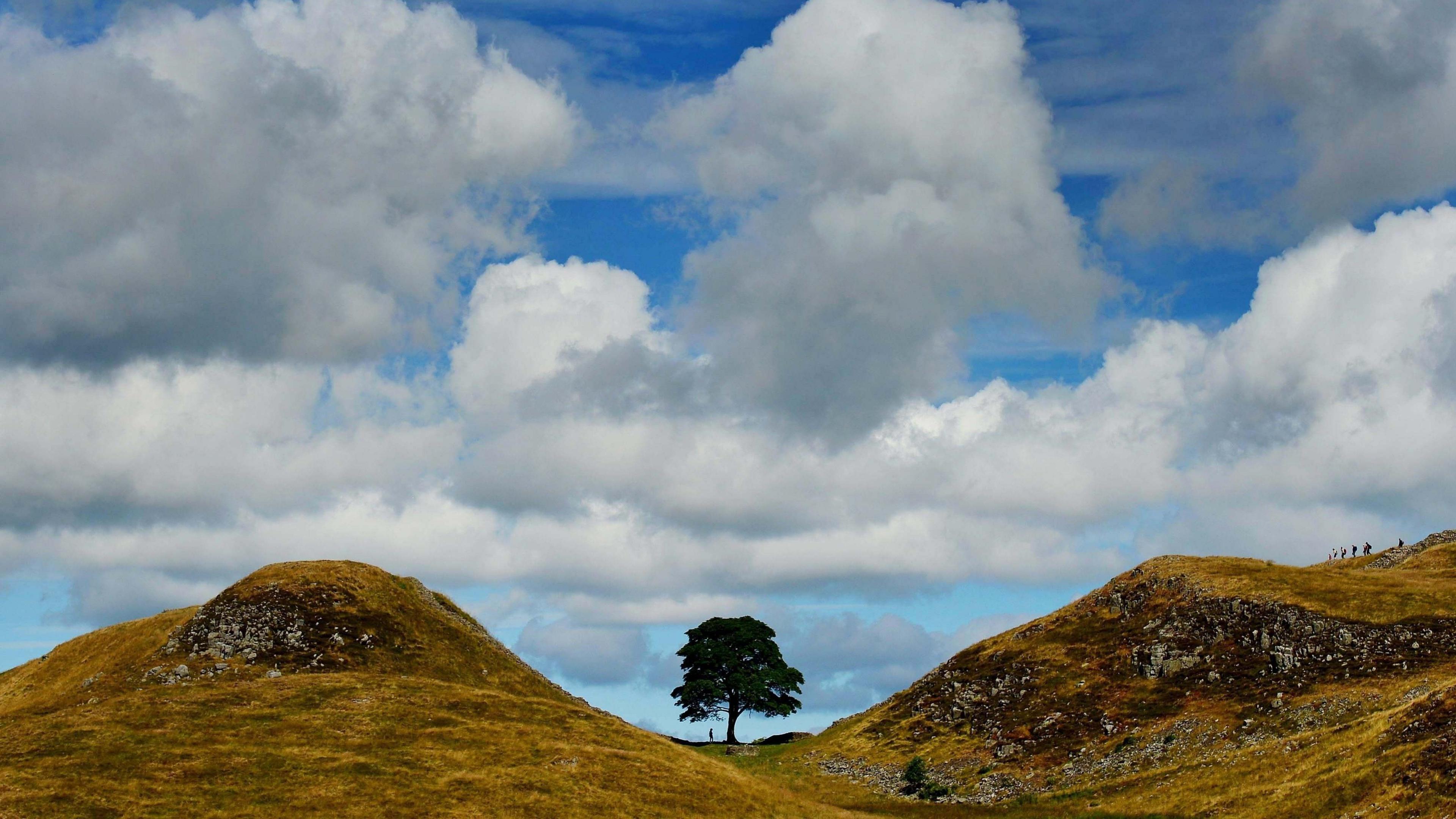
The tree at Sycamore Gap was one of the most photographed trees in the UK
Daniel Graham and Adam Carruthers, both from Cumbria, were sentenced to four years and three months in prison on Tuesday for the illegal felling of the tree.
In court Andrew Gurney, defending Carruthers, said many people had asked why he did it, to which the reply was: "Unfortunately it was no more than drunken stupidity."
But the judge dismissed that and suggested the motive was likely "sheer bravado" and "thrill-seeking".
Whatever the reason, people have ensured that from one act of shocking destruction there will be 49 symbols of hope.
Follow BBC North East on X, external and Facebook, external and BBC Cumbria on X, external and Facebook, external and both on Nextdoor and Instagram, external.
Get in touch
Do you have a story suggestion for BBC North East & Cumbria?
Related topics
Related stories
- Published27 September 2024
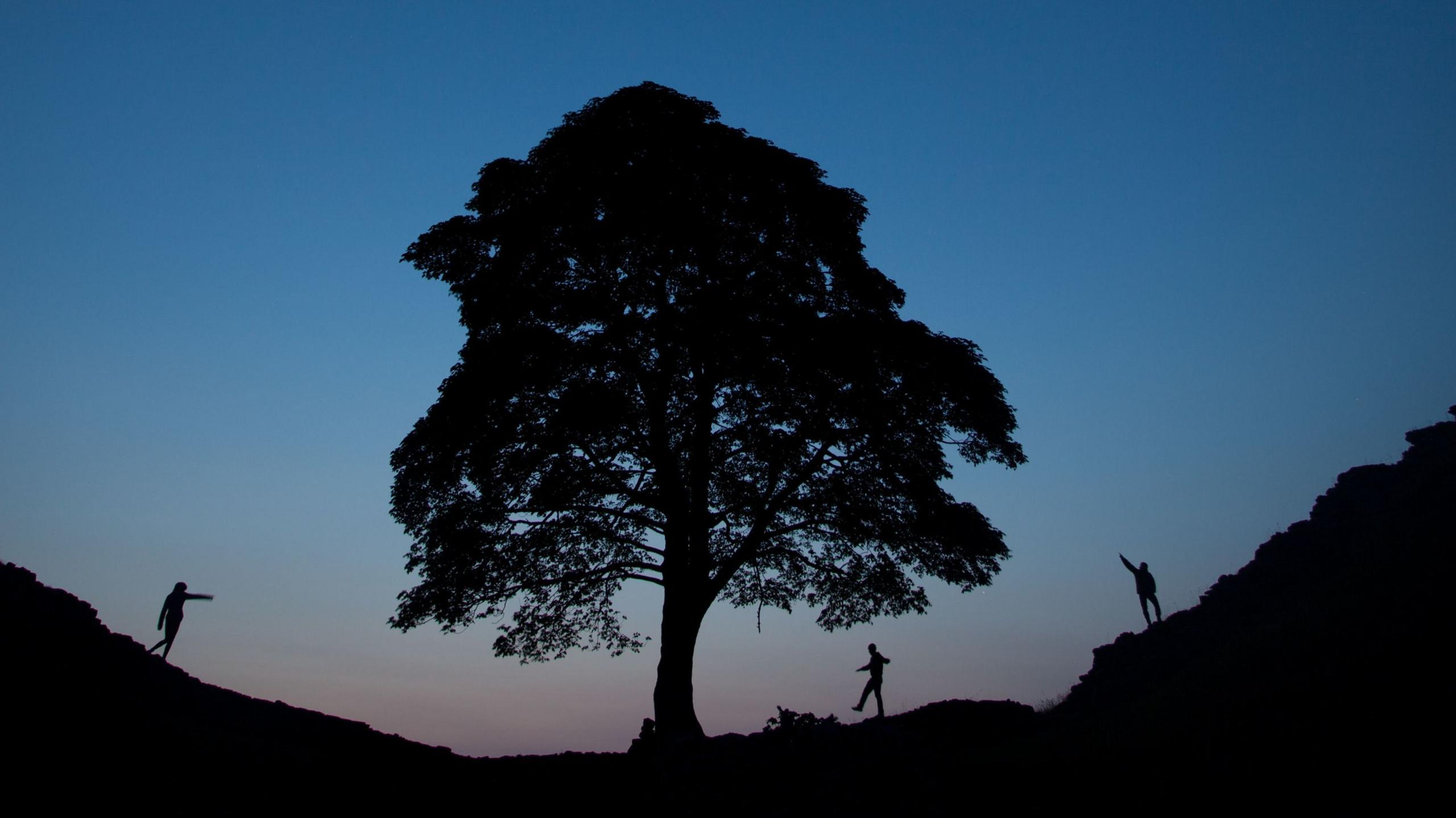
- Published29 November 2024
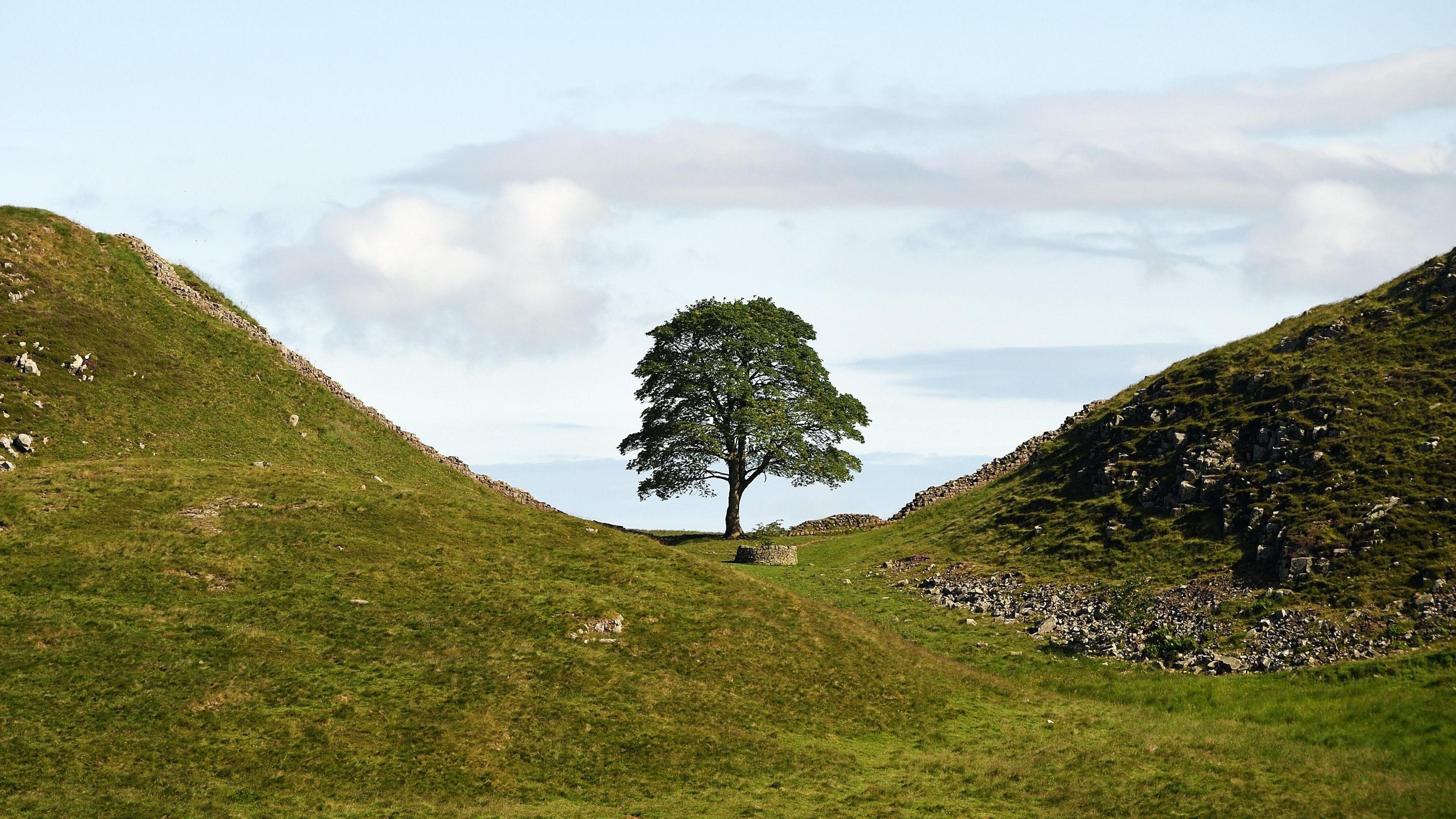
- Published1 August 2024
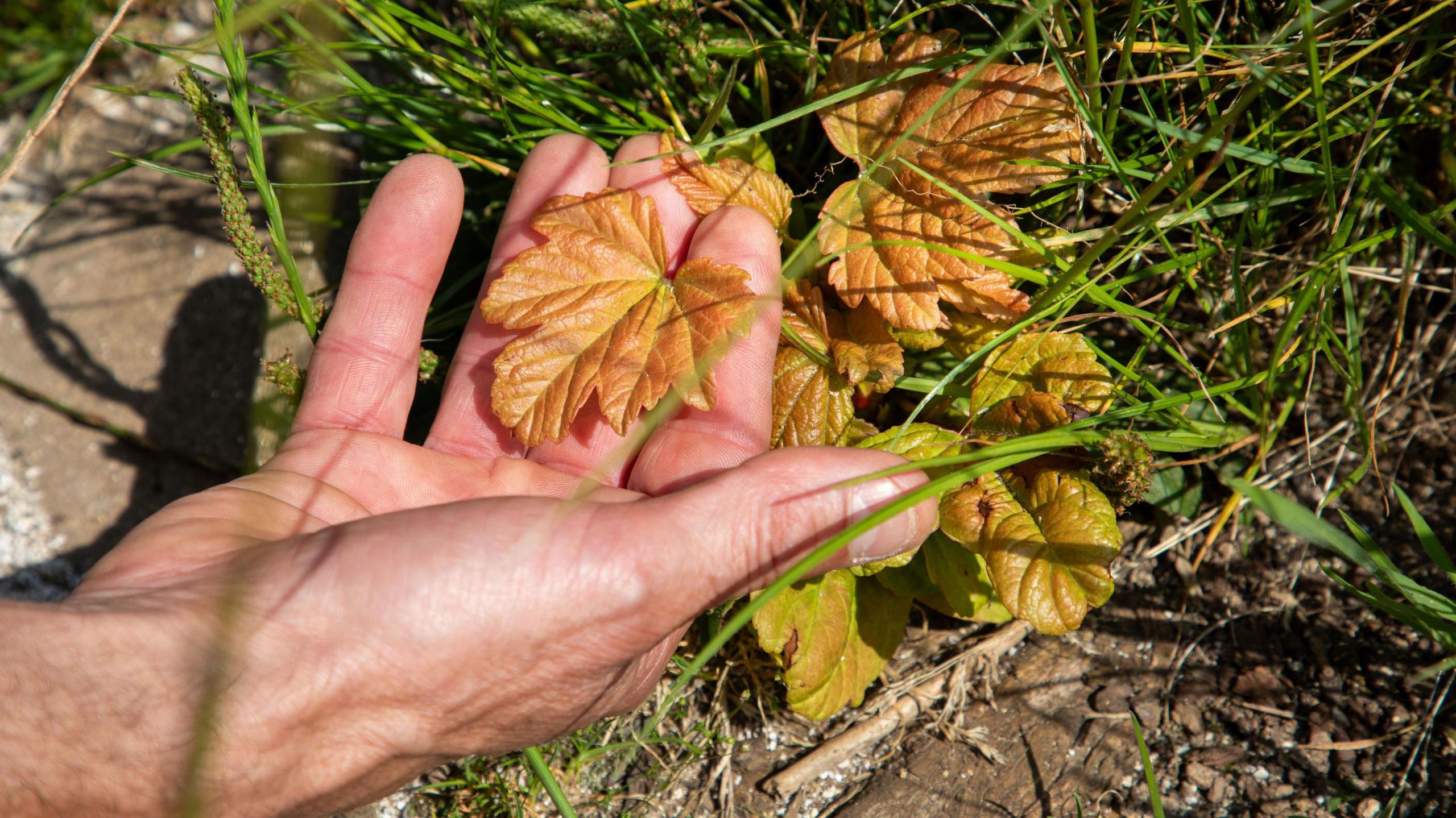
- Published1 April

- Published9 March 2024
